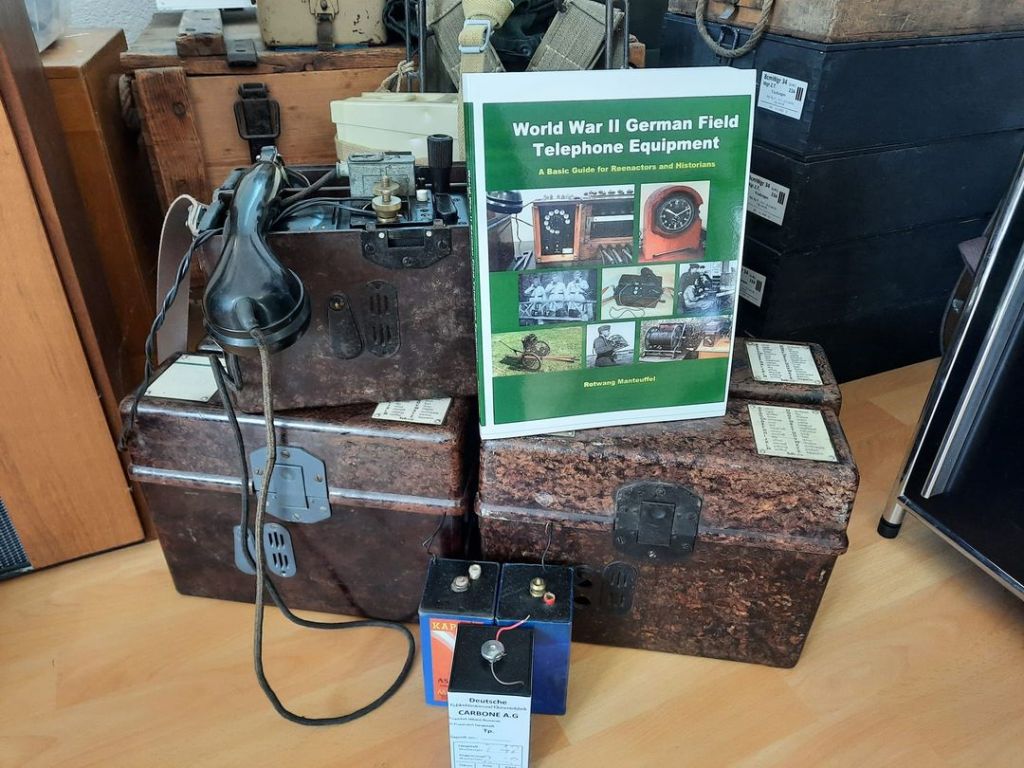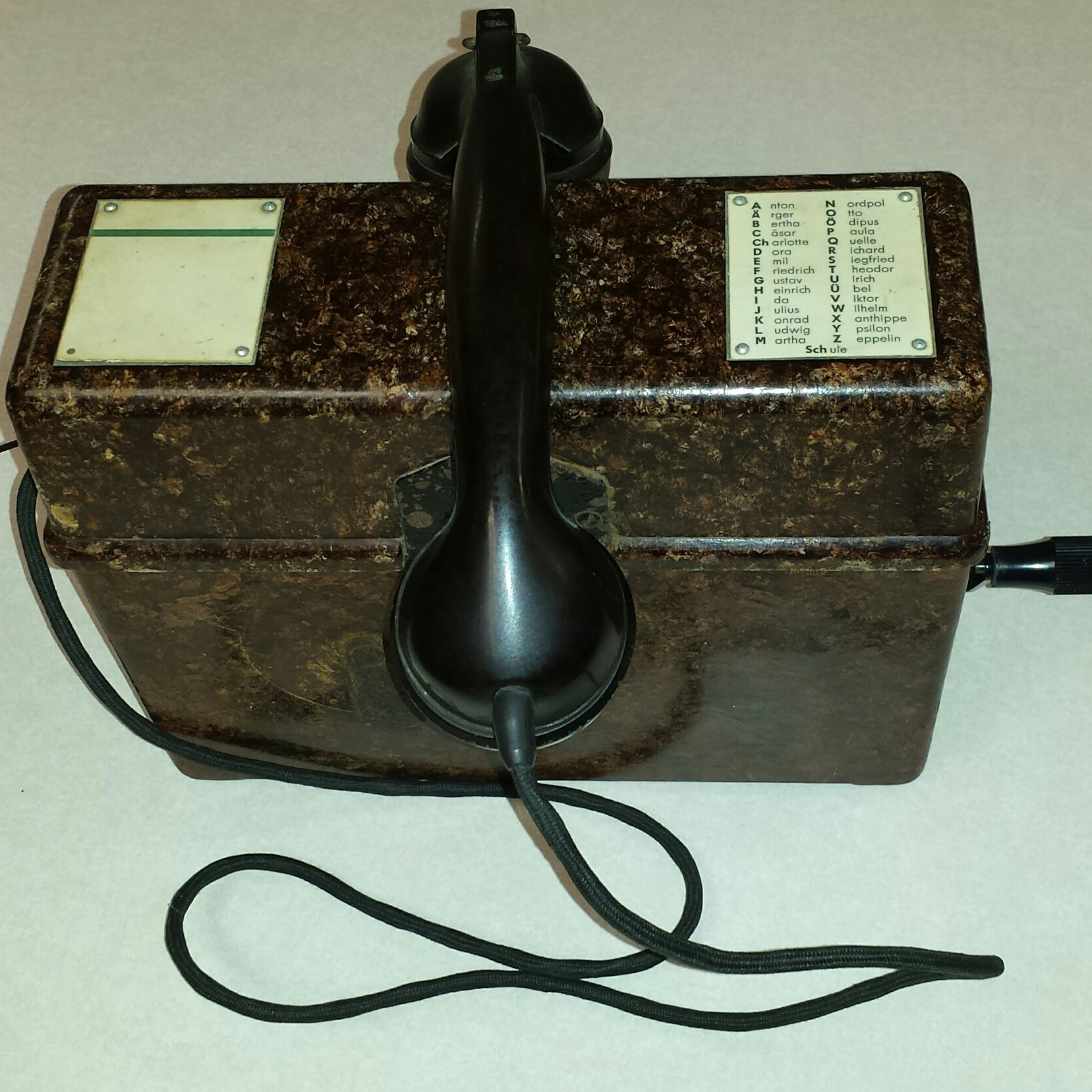A lot of WW2 German field telephone equipment is very rough around the edges. It makes sense considering that it went through a war and it is many decades old. But, the equipment was designed to take a lot of abuse and keep on working.
A lot of owners are tempted to take the telephones apart to “fix” and repaint them. My advice: If the phone still works, don’t mess with it. Take a damp cloth and clean it up. When you use it properly (with the lid closed), no one will see the chipped paint and rust.
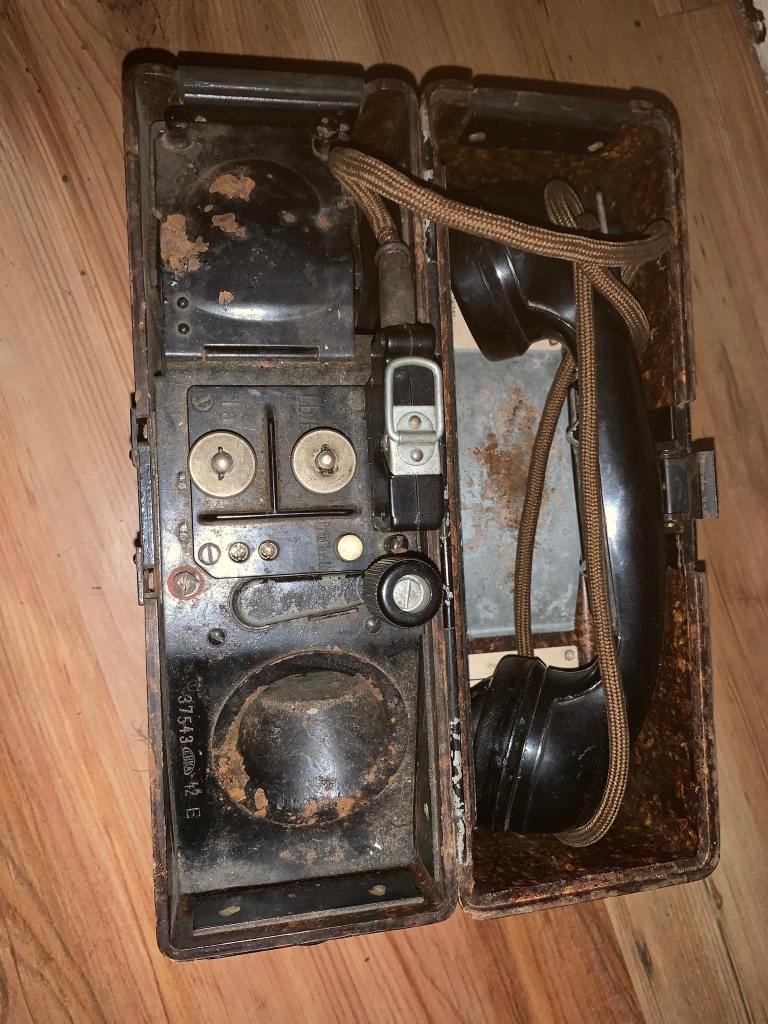
There are basically a few things that could go wrong with WW2 German field telephones. One is that the handset cord is frayed and damaged. The 4-conductor cord can be replaced with a new cloth-covered cord obtained from an antique telephone parts dealer.
Another thing that can go wrong, is the microphone capsule in the handset can be shot. You may be able to bring the capsule back to life with minimal effort. If the rest of the phone works, then leave it alone!
When do you have to start digging into the guts of the phone? Well, usually, only if there is problems with the magneto. There were two types of magnetos used in WW2 German field telephones: those with stamped brass end bells and those with cast pot metal end bells. An end bell is the metal cover on each end of the magneto. They contain bearings for the armature and crank shafts, and also the slip rings, switch contacts, and terminals for the magneto’s electrical output. More importantly, they contain the mounting feet for the magneto. The feet are drilled and tapped for the screws that mount the magneto to the telephone frame.
The trouble occurs in magnetos that have pot metal end bells. After many decades, the pot metal becomes brittle and the mounting feet can crack, causing the magneto to come loose. There is no good repair, and the magneto must be replaced, preferably by one with stamped brass end bells.
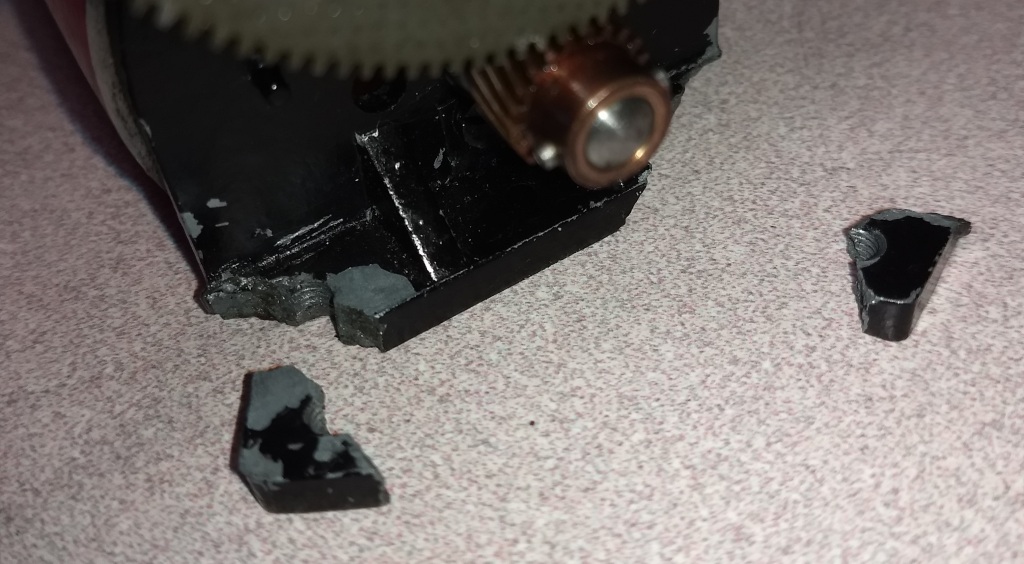
I once acquired an FF33 that was partially submerged for a long time. The magneto rotor was locked up. I carefully removed the magneto and took it apart. It was full of silt. I cleaned it out, reassembled it, and it worked! Poorly, but it could still ring the bells on a connected phone. I installed it back in the phone, and the phone still worked. It didn’t look pretty, but it still worked.
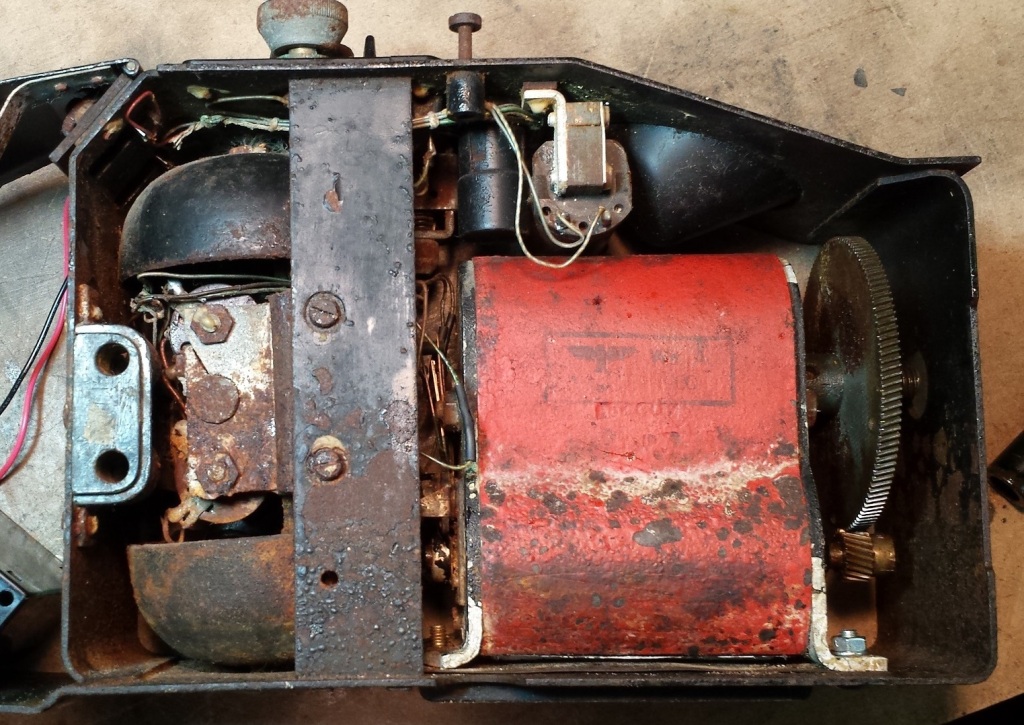
Eventually, I replaced the magneto to improve performance, but left everything else alone. Fortunately, it is fairly easy to obtain replacement magnetos and other parts from eBay, Klaus Emig, and other sources.
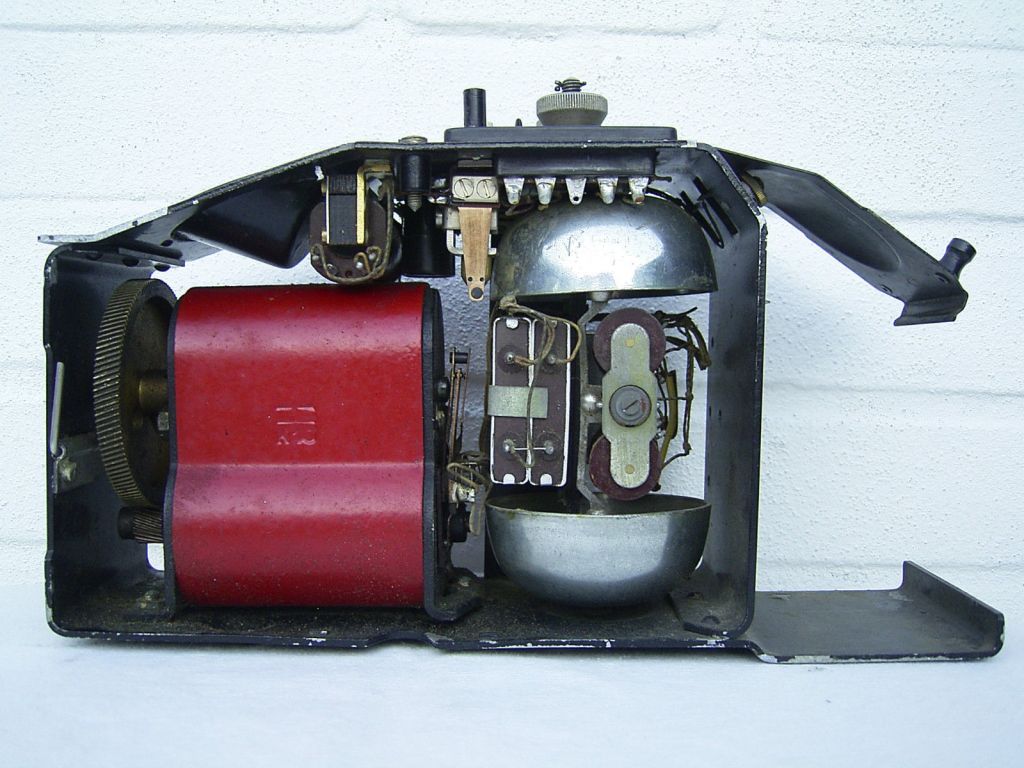
Before doing any work on WW2 German field telephones, it is essential to acquire good tools. Probably the most important is a set of good flat blade screw drivers that engage the screw head slots properly and wont strip the heads during removal. Other tools would include wire nippers, wire strippers, needle nose pliers, long nose vice grips, small diameter wire, and a soldering iron. When soldering, don’t forget solder, rosin flux, and heat shrink tubing. It is also helpful to acquire a multi-meter that can be used to check electrical continuity.
For more information about WW2 German field telephones, check out my book: https://www.lulu.com/en/us/shop/rotwang-manteuffel/world-war-2-german-field-telephone-equipment-a-basic-guide-for-reenactors-and-historians/paperback/product-976w9q.html?page=1&pageSize=4
